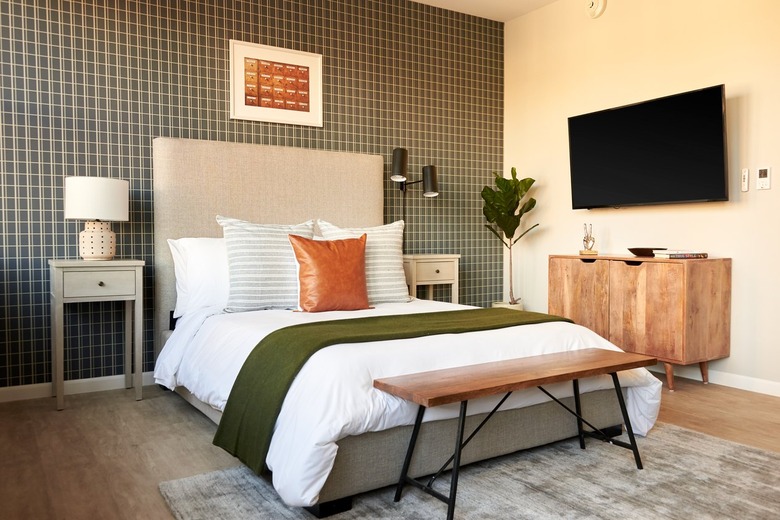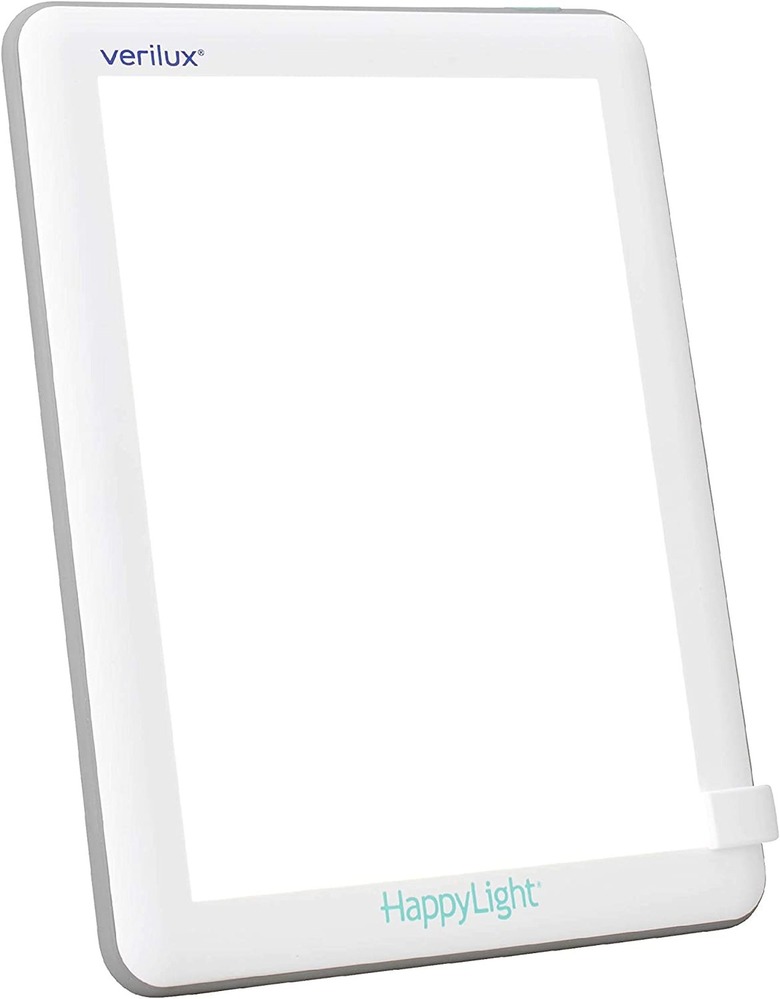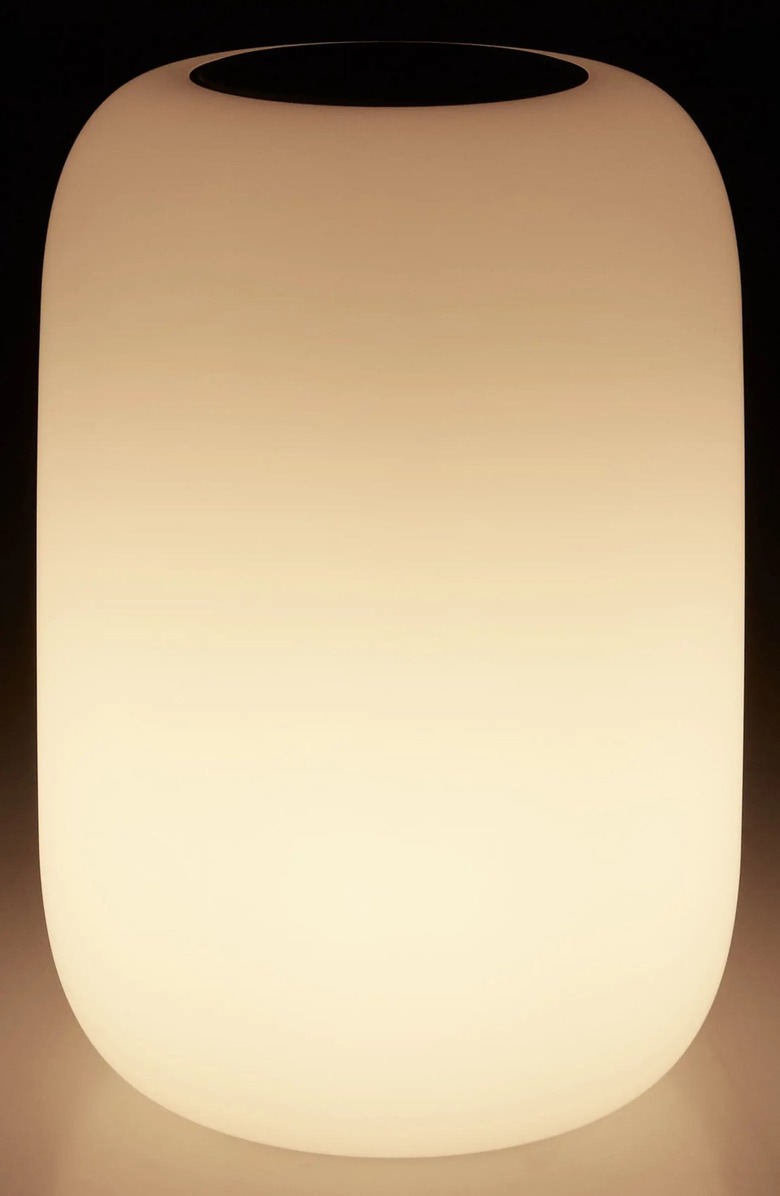Circadian Rhythm Lighting: How To Use Lights To Sleep And Feel Better
We may receive a commission on purchases made from links.
When discussing how best to light a room, ambient, task, and accent lighting are often the focus. Your circadian rhythm, however, is a part of the lighting picture that is often overlooked. Your circadian rhythm is the natural ebb and flow of certain hormones in your body and how they react to different types of light. Understanding this rhythm can help you light your home in a way that keeps you alert and active during the day while also helping you fall asleep quicker at night.
Want to learn about how to incorporate circadian lighting design into your home? Here's what to know.
Circadian Rhythm Basics
Circadian Rhythm Basics
Although it's hard to imagine today, humans once lived without electricity or artificial light sources. As such, our bodies developed a sleep/wake cycle based on the amount of natural light available. During the day, the bright light of the sun kept human bodies awake and alert as they went about their daily life. At night, the darkness triggered the release of a sleep hormone called melatonin that promoted a feeling of sleepiness.
Our bodies still work on this circadian rhythm system today — or at least they try to. Unfortunately, most indoor lighting fails to provide the right amount or right type of light to keep us functioning well during the day. It's also too bright to trigger melatonin production and encourage good sleep patterns. As a result, many people get poor sleep, feel tired all day but still have trouble falling asleep at night — and this of course affects our overall well-being.
The three crucial lighting characteristics you must understand to support your natural body clock include color, brightness, and duration. Once you understand these concepts and how they affect your body, you can plan a circadian lighting system accordingly.
The Color Temperature of Light
The Color Temperature of Light
Light temperature refers to the color of light. During the day, the sun emits a very bright whitish-blue light that is considered cool. This light suppresses the body's production of melatonin to keep people awake and energized. Warm yellow light, however, like the kind you can see during a sunset, encourages melatonin production and will make you sleepy.
Tip
Color temperature is measured in degrees Kelvin (K). Bluish light has a temperature of 4,000 K or more, while yellow light hues have a temperature of 2,700 K or lower. You can find the Kelvin value of a light bulb on its packaging.
So, how do you design a color temperature lighting system that will help out your internal clock?
Put Whitish-Blue Light in Task Areas
You can take advantage of different light color temperatures by placing bulbs with a bluish hue in your home office or above your kitchen counter. The bluish light will help keep you focused, alert, and on task.
Put Warm Yellow Light Where You Wind Down
To help you fall asleep at night, put warm yellow bulbs in your bedroom. You can also install yellowish bulbs near your favorite chair where you hang out while winding down for the night. It takes only five minutes of exposure to blue light to start decreasing your melatonin levels, so keep your exposure to blue light to an absolute minimum at night. (In other words, put down the phone, as you've been told a million times.)
The Brightness of Light
The Brightness of Light
Your circadian rhythm is also sensitive to the brightness of light. A light's brightness is measured in something called lumens. The higher the number, the brighter the bulb and the more suitable it is for daytime light. Anything that produces 800 lumens or more is bright light.
Ideally, you should surround yourself with dim lights in the last few hours before bed to get the best sleep quality. Of course, evening activities like reading may require a brighter light, but discontinue bright light activities at least an hour or two before bedtime. Make sure you turn the lights back up in the morning so you don't stay sleepy or get tired in the middle of the day.
The Duration of Light
The Duration of Light
The amount of time you're exposed to certain lighting conditions also affects a healthy circadian rhythm. Phone and tablet screens, for example, emit a bright white light that can stimulate your body and energize you. If you glance at your phone for a few seconds before going to sleep to send a text message, you'll probably be fine. But if you watch a few YouTube videos and end up going down a rabbit hole right before bed, you'll likely struggle to fall asleep.
The opposite is also true. If you're working in a room with warm light, you may find yourself getting groggy by midafternoon and having trouble concentrating on the task at hand. Nodding off at your desk isn't a good look when the boss walks by, so try to make sure you add bright blue (cool) light to your workspace if you will be there for several hours.
Using Light to Match Your Rhythm
Using Light to Match Your Rhythm
Aside from switching the color, brightness, and duration of your light exposure during the day, there are a few other ways you can help yourself work with your natural circadian rhythm:
- Get lots of sun. Sun was the very first light source and the one your body knows best. Step outside for a while or open your blinds as far as they'll go to bathe yourself in stimulating natural light all day.
- Avoid blue light at bedtime. If you do want to take your phone, tablet, or laptop to bed with you, buy a screen filter that warms up the light coming from the screen. If your device has a nighttime setting, use it as bedtime approaches and think twice before watching television in bed.
- Buy light bulbs that can change color. LED lighting can transition from one color to another. By taking advantage of this, you can use one light fixture for both daytime and nighttime lighting. Add a dimmer switch to the light and you can fully customize both its color and its brightness.
- Match light to your circadian rhythm. This can also help you wake up feeling more refreshed. Humans were never meant to be jolted awake by a harsh alarm clock. Instead, people used to rise with the sun, which comes up slowly. You can mimic this by purchasing an alarm clock that turns on dim and gradually gets brighter to wake you up naturally.
The Future of Circadian Lighting
The Future of Circadian Lighting
At this point in time, we need to control our lighting manually to make it match our circadian rhythm, but science is changing that. We now have the technology to monitor an individual's sleep and activity patterns using wearable devices, like smartwatches. Some wearables can even track the amount and type of light you're exposed to during a given day.
Manufacturers are now making lighting systems that use this data to adjust the lighting to automatically match individual circadian rhythms and light needs. The technology exists, but to date, it has only been installed in certain institutions on an experimental basis. Hospitals and nursing homes have become a sort of testing ground for the technology, as there are many different people in the same building at one time, all of whom may have slightly different needs. You can't get this lighting technology for your home just yet, but in a few years, you may be able to purchase a light that tracks your circadian clock for you and adjusts to give you exactly what you need when you need it.


